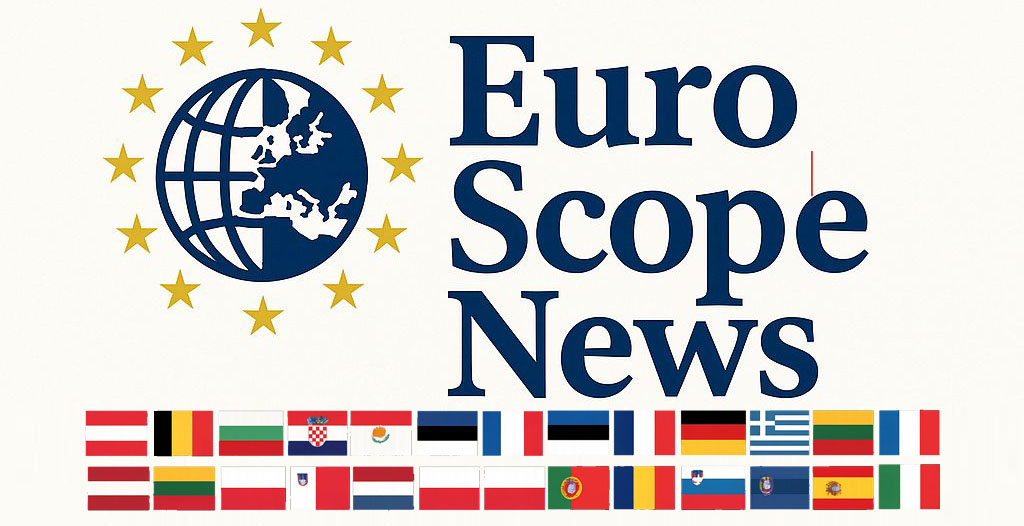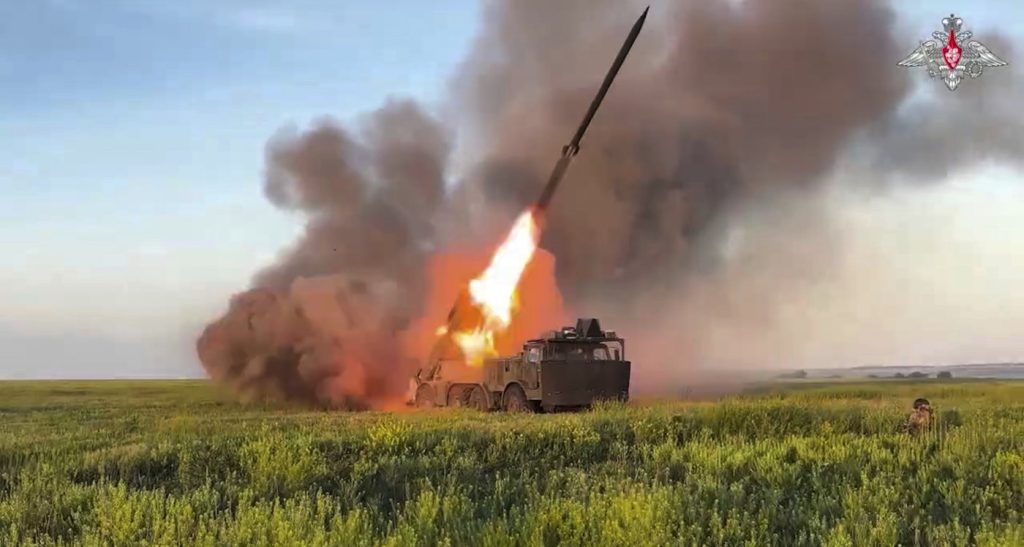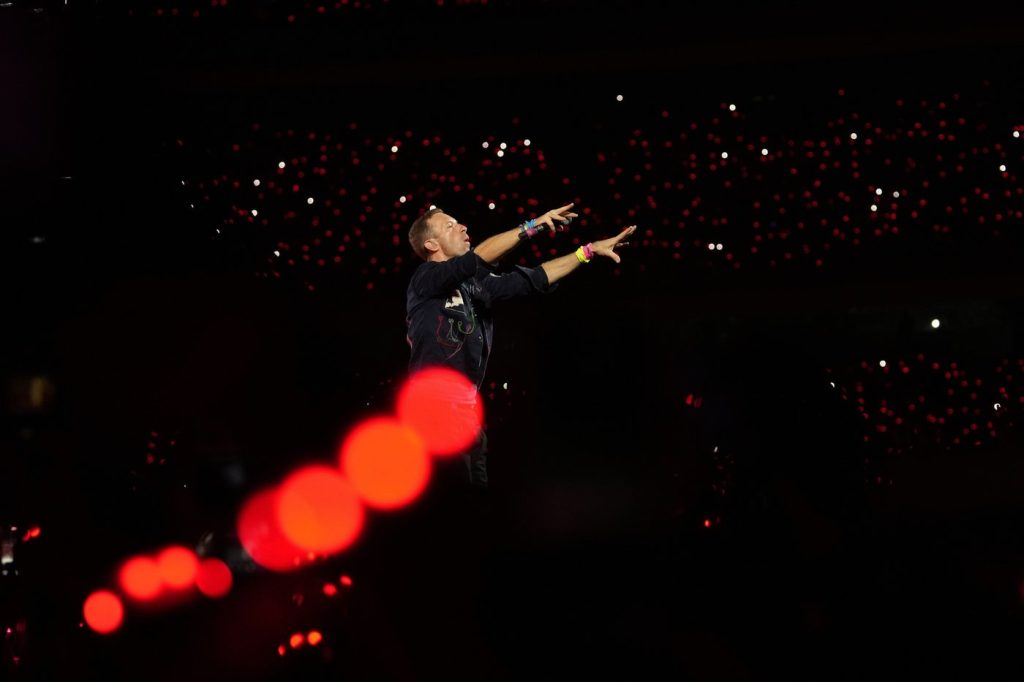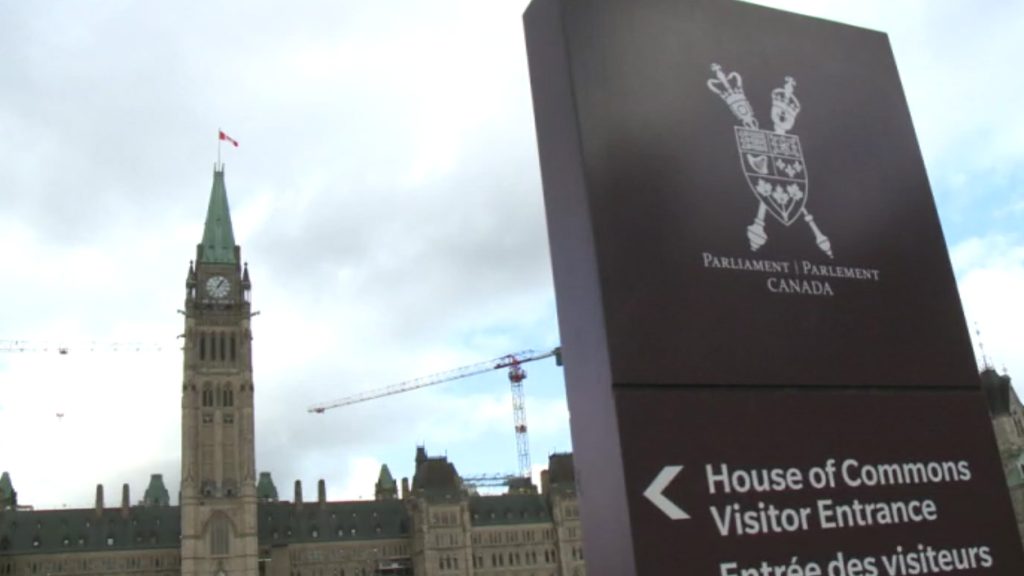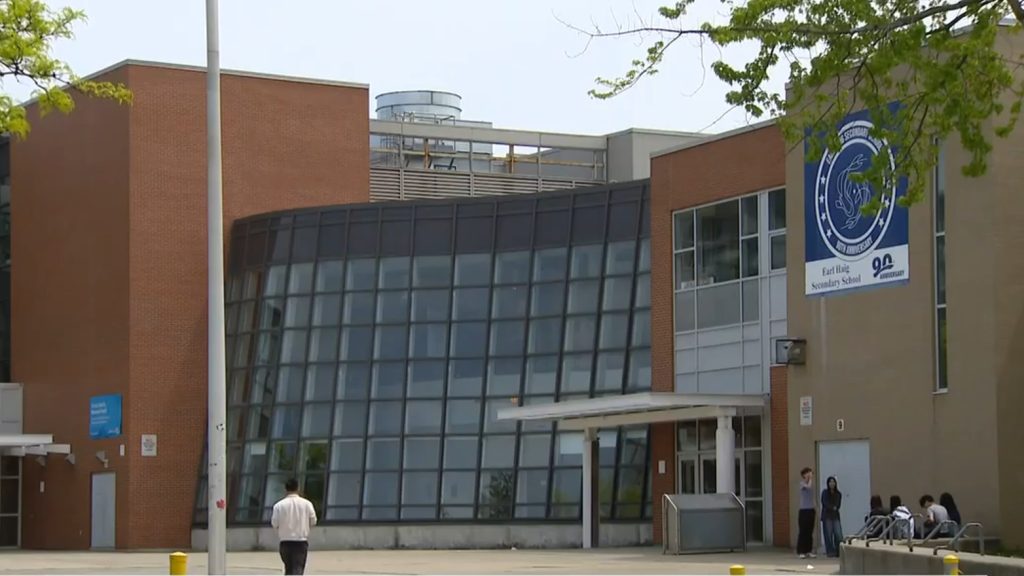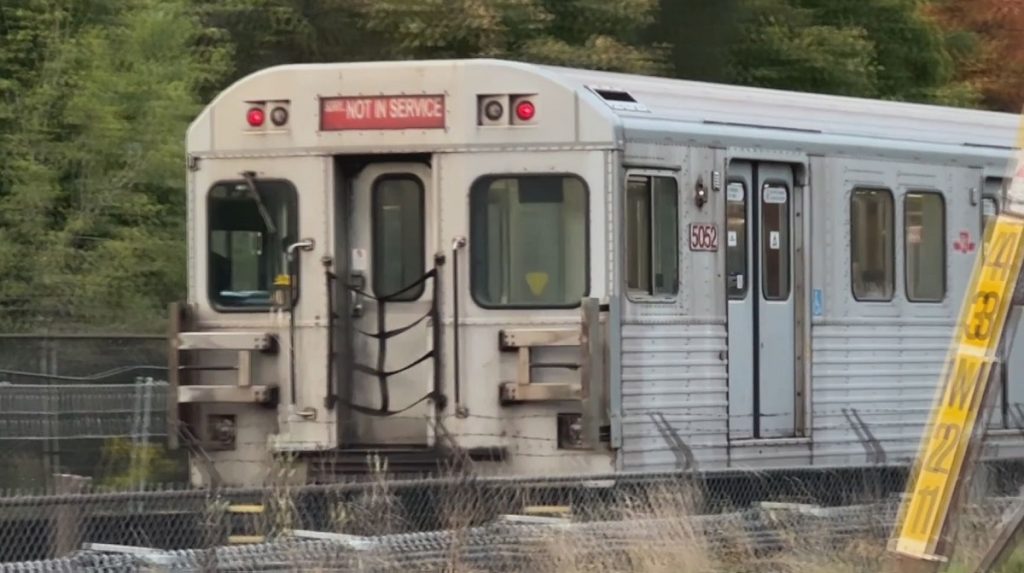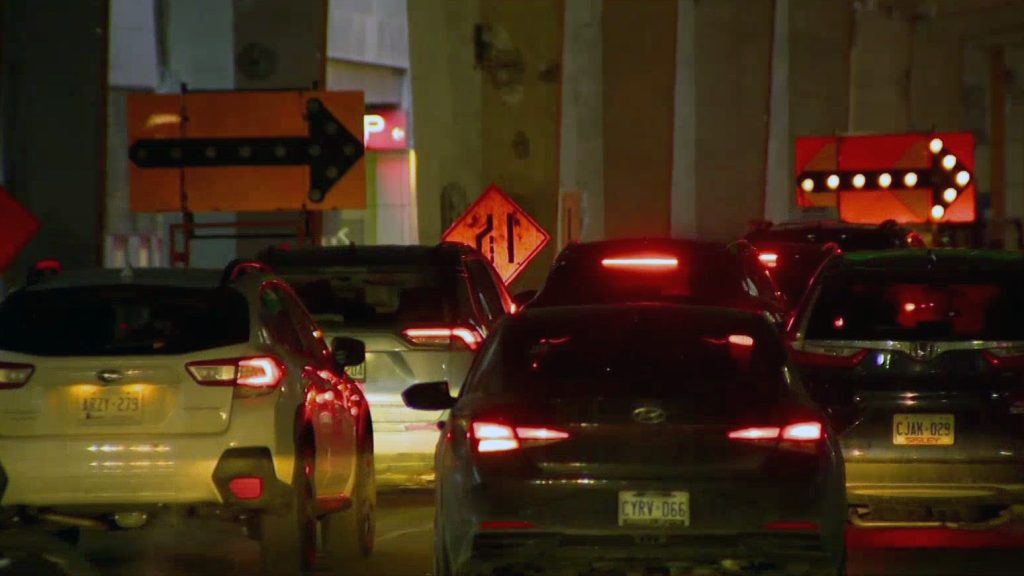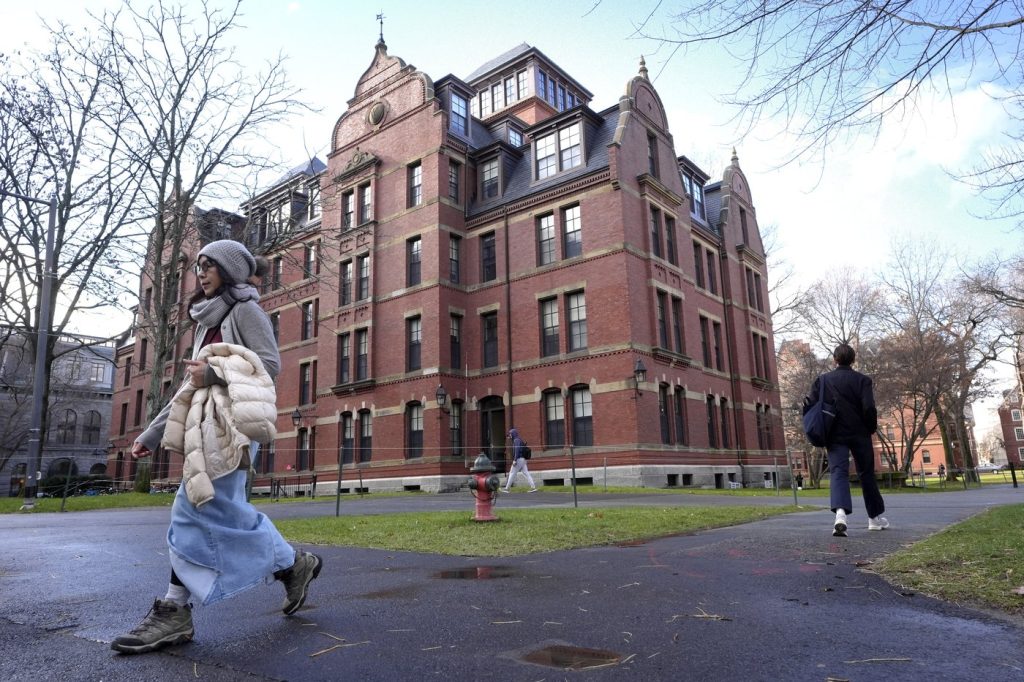Russia has expressed a willingness for peace with Ukraine, but Kremlin spokesman Dmitry Peskov emphasized that the country’s strategic objectives remain a priority. This statement came shortly after former U.S. President Donald Trump set a 50-day deadline for Moscow to reach a ceasefire or face intensified sanctions.
Peskov and other Russian officials have consistently denied claims from Ukraine and its Western allies that Moscow is impeding peace negotiations. Instead, Russia has escalated its long-range assault on Ukrainian cities, launching more drones in a single night than were used during some entire months in 2024, indicating a possible increase in military pressure.
President Vladimir Putin has voiced a desire for a peaceful resolution to the conflict, calling it a lengthy process that necessitates considerable effort. Peskov reiterated that the Kremlin’s primary focus is on achieving its goals, which remain undefined but clear in their implications.
The Russian government maintains that any peace agreement must require Ukraine to withdraw from the four regions it illegally annexed in September 2022, despite not fully occupying them. Furthermore, Russia insists that Ukraine renounce its aspirations to join NATO and accept strict limitations on its military forces—a set of conditions that Kyiv and its allies have firmly rejected.
In a recent nightly address, Ukrainian President Volodymyr Zelenskyy announced that Ukrainian officials have proposed a new set of peace talks this week. However, Russian state media reported on Sunday that no specific date has been established for the negotiations, though Istanbul is likely to serve as the host city.
Trump has taken a harder stance against Russia, threatening to impose steep tariffs if a peace deal is not reached within 50 days. He has also suggested a renewed pipeline for American weapons to Ukraine, a significant shift after months of frustration with stalled negotiations aimed at ending the war. The earlier direct negotiations between Russia and Ukraine in Istanbul resulted in some limited successes, such as prisoner exchanges, but did not yield substantial agreements.
The U.S. president proposed implementing “severe tariffs” targeting Russia’s trading partners as a method of isolating Moscow economically unless progress is made. Trump also suggested that European allies would purchase substantial amounts of U.S. military equipment, including Patriot air defense systems, to replenish Ukraine’s defense capabilities amid increasing Russian drone and missile attacks.
This initiative comes amid ongoing skepticism regarding Trump’s commitment to supply Ukraine with military aid, particularly after the Pentagon recently paused shipments due to concerns over dwindling U.S. stockpiles.
In related developments, Ukraine’s air force reported that it successfully shot down 18 of the 57 drones launched by Russia overnight into Sunday. Drones targeted various regions, resulting in injuries to civilians, including two women in Zaporizhzhia and a mother and her 7-year-old son in Sumy.
Meanwhile, Russia’s Defense Ministry asserted that its forces intercepted 93 Ukrainian drones aimed at Russian territory that same night, with several heading toward Moscow. The mayor of Moscow reported that one drone struck a residential building in Zelenograd, causing property damage but no casualties.
As the situation progresses, the intensity of military engagements and the complexities surrounding peace negotiations remain pivotal in defining the future landscape of the ongoing conflict between Russia and Ukraine.
